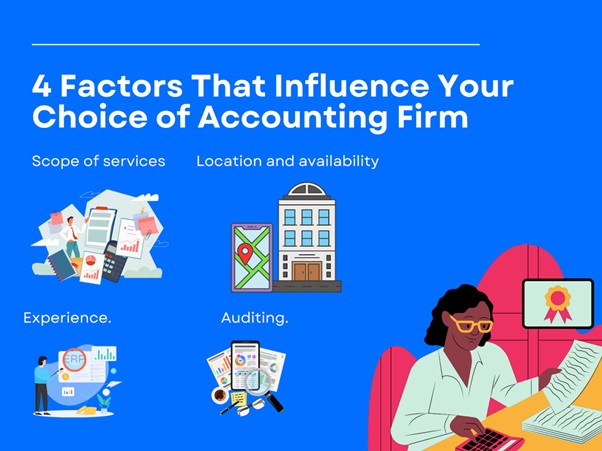When sales representatives contact potential clients who have yet to show any interest in the offered goods or services, this is known as cold calling. The term “cold calling technique” describes the solicitation of a prospect via phone or in person without prior communication from the salesperson. Cold calling has evolved from giving or, rather than listening to a sales pitch, into a target-driven sales communication tool.
If you are in the business of cold calling to find new clients, you must know the cold calling statistics. Using the phrase “we provide” only four times in one cold call can significantly reduce your closing rate. Time is money in sales, and cold calling requires precision timing to maximize your time. If you are late, you risk losing the prospect to a competitor.
Cold Calling is Still a Valid Prospecting Method
Cold calling has been around for decades, but as technology has evolved, this traditional method has become less popular. Newer techniques such as email, text messages, and social media marketing have become more effective and efficient at generating leads. Additionally, cold calling has become an unsavory practice used by scam artists to defraud people. As such, cold calling has become less effective over time and has hurt the effectiveness of other legitimate prospecting methods.
Cold calling can be effective when appropriately done, but only if the process is tailored to the leads’ needs. First, you need to identify the critical stages of the customer’s journey. You can do this by creating an ideal customer profile. This profile can be made through research online, including a social media profile or Google search. Another option is to pay for a phone number-finding service to find prospects’ contact information.
It Takes Four-And-a-Half Hours Per Week
Cold calling is a performance. Most actors use a script. And although it may not seem like it, seventy percent of salespeople still use cold calling as a primary source of income. But there are ways to improve your cold-calling performance. Following these tips can make more cold calls and increase your win rate.
First, take into account the time commitment involved. Making one cold call takes an average of four-and-a-half hours per week. That’s a lot of time! And the return is usually minimal. It’s important to remember that it may take as many as eight attempts to land a meeting with a decision-maker.
It’s Time-Consuming
Cold calling is time-consuming and can negatively impact your brand’s reputation. Although salespeople may have plenty of contacts in the market, not all of them are ready to buy when they contact. Cold calling can take multiple attempts to make a connection. If you cannot reach a buyer immediately, you can leave a voicemail. According to a study by Inside Sales, buyers spend about 30 seconds on average listening to voicemails.
Cold calling can be nerve-wracking and time-consuming, so it’s no wonder that sales reps dread it. Cold calling is also a massive waste of resources, as you might only get two or three leads per day, and you’d rather spend your time getting to know your qualified prospects.
May Not Be Practical
Despite its enduring popularity, the conventional method of cold calling isn’t practical. This method is based on the assumption that increasing the number of calls will increase sales. But research has shown that cold calling is ineffective and has a meager success rate. In fact, Jeffrey Gitomer concluded in 2010 that the “return on investment” of cold calling is below zero.
Cold calling is also emotionally draining on employees. Employees feel like an intrusion and fear customer backlash. This practice can result in employee burnout and high turnover. Moreover, it depletes the employees’ mental capacity, lowers productivity, and causes mental fatigue.
It’s Time-Consuming
Cold calling is an integral part of the sales process. Many salespeople use complex calling techniques to find decision-makers. This allows sales reps to determine who makes the decisions and their common pain points. While cold calling may be time-consuming and ineffective, a salesperson must be persistent and professional.
One way to reduce the time spent on cold calling is to use a phone number finder service. These services offer an affordable, reliable, and reliable way to locate phone numbers. The service can also provide additional information on the leads.





